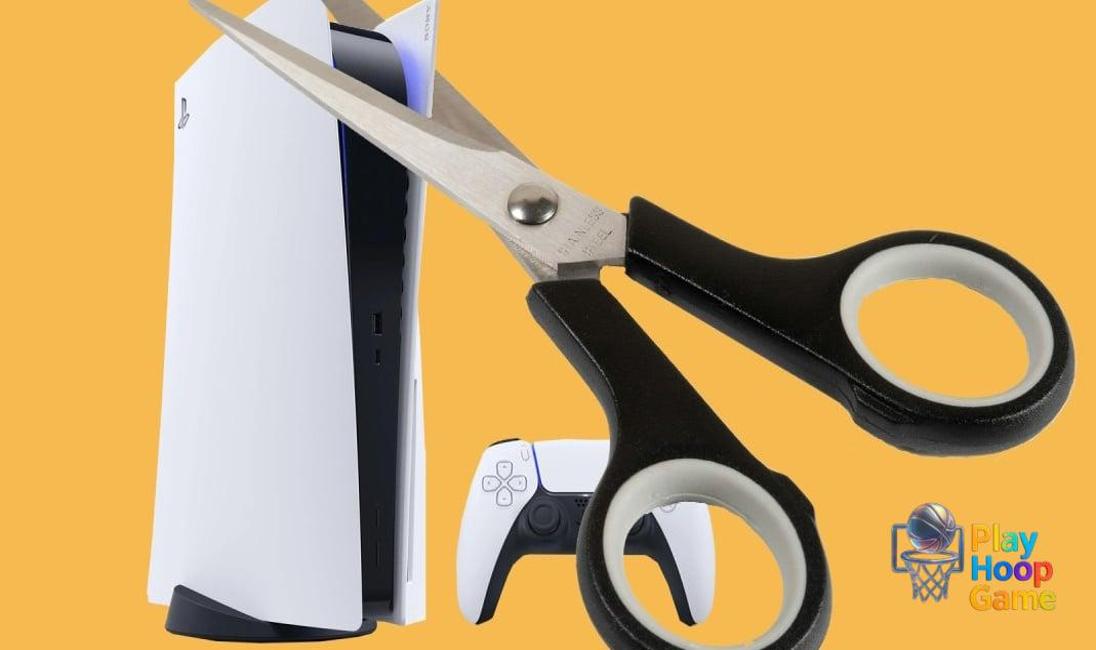Okay, so hear me out. Sony, right? Kings of PlayStation, lords of exclusives, generally doing a pretty solid job. But... whispers are going around, and some of them are pointing towards a slightly unsettling possibility: Sony might be making one of its PlayStation 5s worse. Yep, you read that right. Now, before you grab your pitchforks, let's dive in. It's not as cut and dry as "Sony hates you." It's actually a bit more nuanced, a bit more... cost-effective, perhaps?
I remember when the PS5 first dropped. Trying to snag one was like trying to catch smoke with your bare hands. Remember all the scalpers? Madness. But beyond the initial buying frenzy, there was this underlying hum of satisfaction. We were getting a powerhouse of a console. Blazing fast loading times, stunning graphics, the whole shebang. And now? Well, things might be shifting. Gaming Site
The Great Component Crunch and Cost Cutting
The gaming industry, like so many others, has been wrestling with component shortages for a while now. Remember the chip shortage? Yeah, that fun time. And when faced with scarcity, companies gotta make decisions. Sony's no exception. The frustrating thing about all this is, it's rarely a simple equation. It's a balancing act between performance, availability, and, let's be honest, profit margins. You might be wondering how they're doing this, right? Well, here's the thing: it probably involves swapping out certain internal components for cheaper, less powerful alternatives. We're talking about things the average gamer might not even notice initially. Potentially a slightly slower SSD, maybe a different type of cooling solution. Things that, on paper, don't seem like a huge deal. But added together? They could chip away at the overall experience.
But, and this is a big but, it's important to be level-headed here. These changes are probably subtle. It’s unlikely Sony would dramatically downgrade the core experience. Nobody wants a repeat of some disastrous console launch. The aim is very likely about maintaining profitability and production levels, not deliberately sabotaging their product. Also, check this out: The New Lego Batman Game: Arkham Sequel?. Exciting, right?
What's Actually Changing?
Okay, so let's get specific. We're talking about potential tweaks to the PS5's internal architecture. Specifically, whispers suggest Sony might be sourcing different NAND flash memory for the SSD. Now, I'm not going to bore you with technical jargon, but the gist is this: different types of NAND offer varying levels of performance. Some are faster, some are more durable, and some are... well, cheaper. The rumor is that Sony is opting for a cheaper option in some units. It's worth noting this hasn't been officially confirmed. It’s all speculation based on teardowns and supply chain analysis, but this is fairly convincing stuff.
And then there's the cooling system. The original PS5 has a pretty beefy heat sink. It's a hefty piece of metal designed to keep the console running cool and quiet. But rumors suggest that Sony might be experimenting with slightly smaller, less elaborate cooling solutions in newer revisions. Again, the goal is likely cost reduction. But smaller heat sinks generally mean higher temperatures, which could lead to reduced performance or increased fan noise over time. Ugh.
Impact on Gamers: Should You Worry?
So, should you be panicking? Probably not. But it's worth being aware of the situation. The impact on gameplay will likely be minimal for most people. We're talking about fractions of a second in loading times, maybe a slight difference in sustained performance during intense gaming sessions. But for hardcore gamers, for those who demand the absolute best, these differences could be noticeable. Actually, that's not quite right. It is something to keep in mind. You know, like that itch in the back of your head. Remember the original PlayStation 5 and it’s great potential, and think about these potential changes. It’s worth considering.
Honestly, I think it boils down to expectations. If you bought a PS5 expecting a consistent, unchanging experience across all units, this news might be disappointing. But if you're a more casual gamer, someone who just wants to play the latest exclusives without any major hiccups, you probably won't even notice the difference. Here's more of my stuff, check it out: Fallout Free Download Change.
The Bigger Picture: Console Revisions and the Future
Console revisions are nothing new. Sony, Microsoft, Nintendo – they've all tweaked their hardware over time to improve efficiency, reduce costs, or address manufacturing issues. It's just part of the console lifecycle. What makes this situation a bit different is the timing. We're still relatively early in the PS5's lifespan. And the fact that these potential changes are happening during a period of ongoing supply chain disruptions makes them a bit more concerning. It raises questions about long-term consistency and the value proposition of the PS5.
FAQ: Decoding the PS5 Changes
How can I tell if my PS5 is one of the "worse" versions?
Unfortunately, there's no easy way to definitively identify which PS5 revision you have without tearing it down. The best you can do is check the model number on the box and research if that specific model has been reported to have different components. But even then, it's not a guarantee.
Will these changes make my games unplayable?
Absolutely not. Even if your PS5 has slightly downgraded components, it will still play all PS5 games. The performance difference, if any, will likely be subtle and only noticeable in specific scenarios.
Is Sony intentionally making the PS5 worse?
That's a tough question. It's more likely that Sony is trying to balance performance, cost, and availability in the face of ongoing component shortages. The goal isn't to make the PS5 worse, but rather to keep production lines moving and maintain profitability.
How do I know if my PS5 is performing optimally?
Run benchmark tests (if you can find reliable ones for the PS5) or simply pay attention to load times and overall responsiveness. If you're not experiencing any noticeable issues, there's probably nothing to worry about.

























